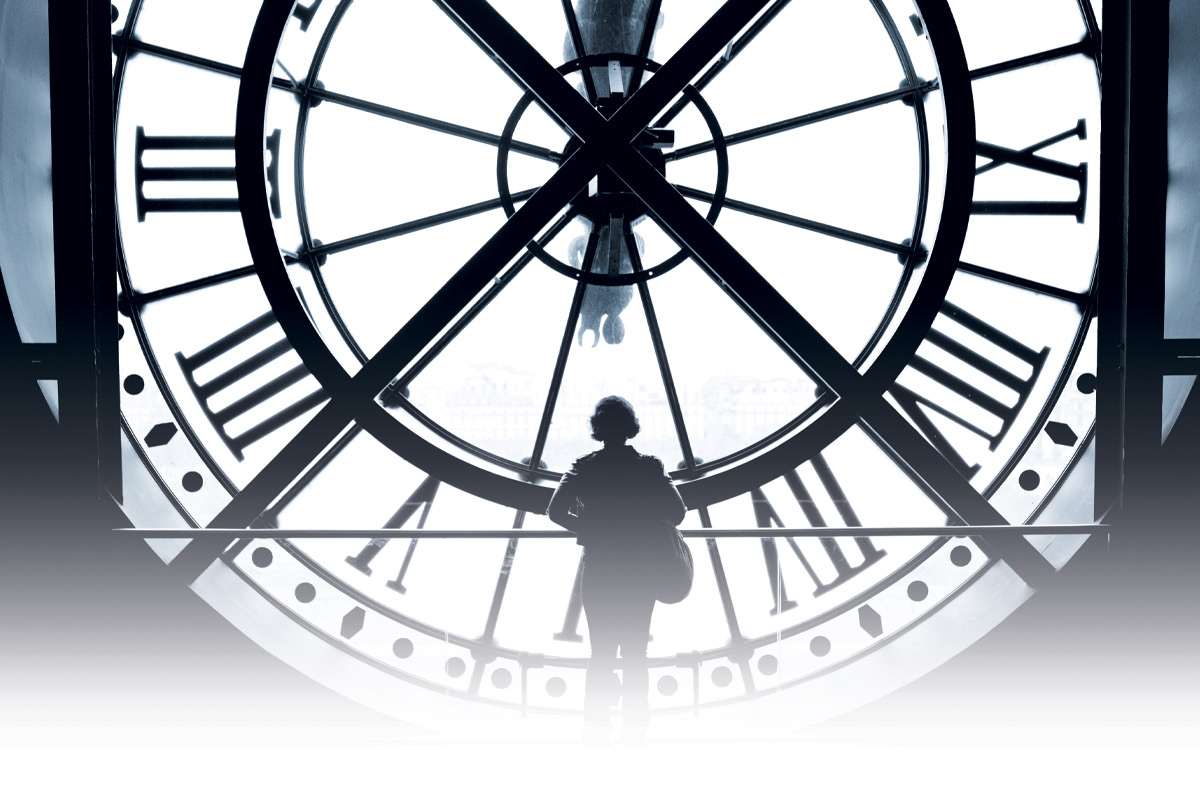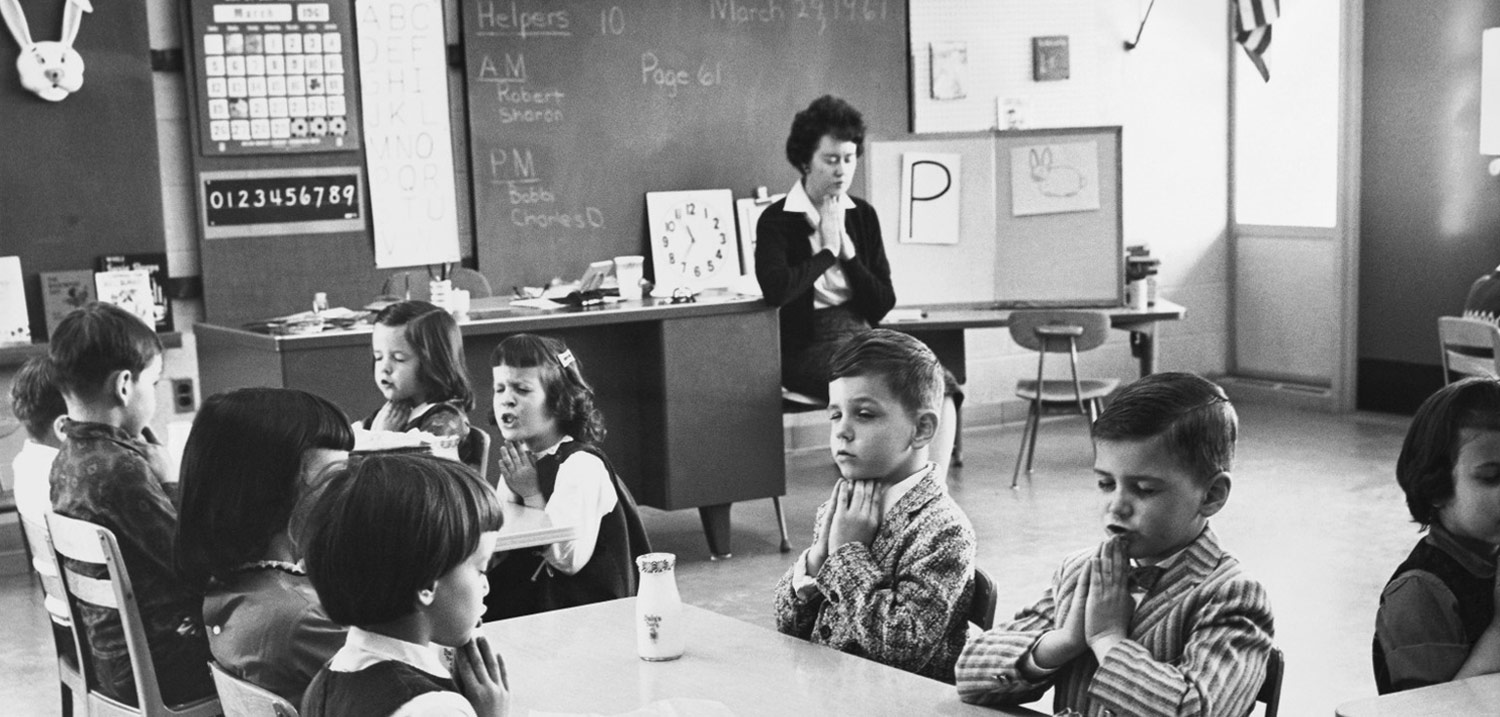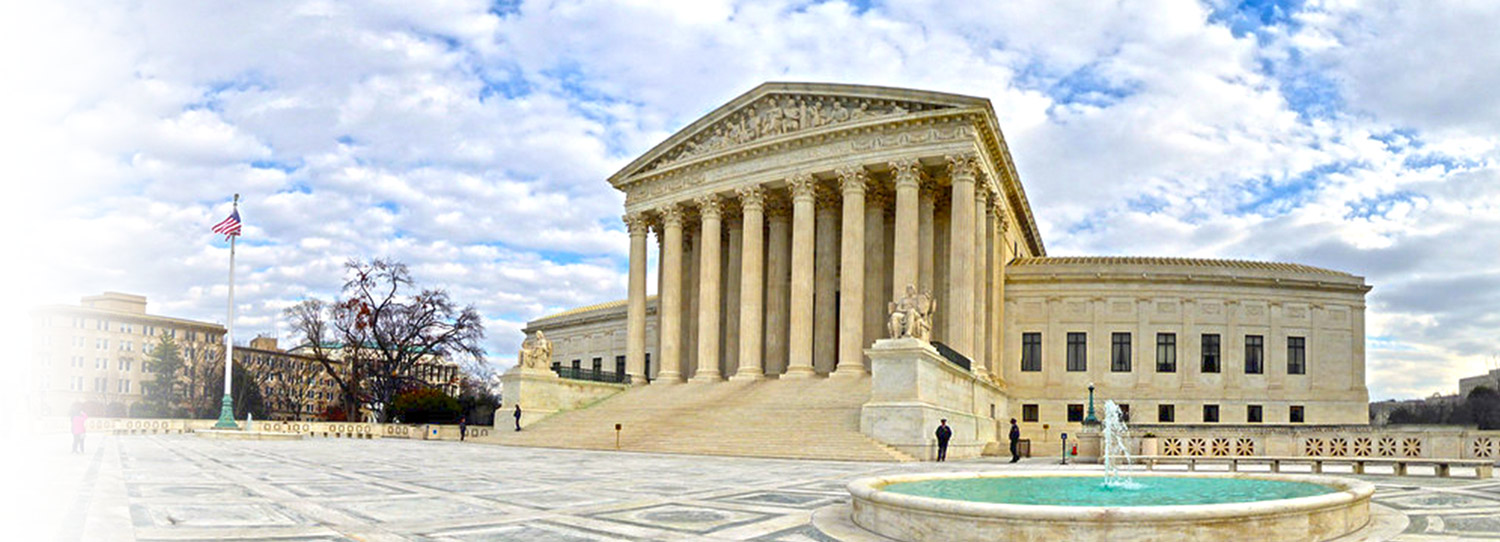
When Prayers Left Public Schools

opining about the evil taking place in public schools, it’s not unusual for it to be attributed to when prayers led by public school personnel became illegal in public schools.
In 2008, Joseph Kennedy, a High School varsity and junior varsity football coach in Bremerton, Washington started praying with his players before and after games. He would also take a knee and pray at the 50-yard line with his players at the conclusion of each game.
“I fought and defended the Constitution, and the thought of leaving the field of battle where the guys just played and having to go and hide my faith because it was uncomfortable to somebody—that’s just not American” Kennedy told National Public Radio.
However, opponents and lawyers for the local school system quickly interject that Kennedy’s practice on the field with his players actually violates the Establishment Clause and the Free Exercise Clause of the First Amendment to the Constitution.
“Where is free expression of the non-Christian student, the Jewish student, the Muslim student, the student of no religion at all?” questioned Student Rabbi Emily Katcher of the Beth Hatikvah congregation in Bremerton.
The question is, essentially, is such free expression at a public school like this limited to Christian prayers only? What about satanists? At the homecoming football game at Bremerton High School, news reports shared that a group of Satanists desire to perform their ritual on the football field but were denied by the crowd. Was that fair?
For 60 years, Engel v. Vitale, (1962), a landmark United States Supreme Court case, declared it unconstitutional and a violation of the First Amendment to recite government sponsored prayers in public schools. Justice Hugo Black, in writing for the majority opinion, stressed the importance of separating church from state, and noted that prayer, obviously, is an religious activity. Subsequent rulings, Wallace v. Jaffree (1985), Lee v. Weisman (1992), and Santa Fe ISD v. Doe (2000), continue to support the Engel ruling.
So, what makes this case so difference?
The argument now being made is different. Kennedy’s lawyer, former Solicitor General Paul Clement, argues that Kennedy has a right to engage in his personal religious exercise while on duty. If it is okay for students to engage in religious exercise on public grounds, why can’t employees do the same?
Richard Katskee, lawyer for the Bremerton School District, states, “Coach Kennedy was at the center of the field at an event the school district hires coaches to run; he insisted that he be surrounded by students, and he was delivering a prayer that they could hear. To call that personal and private just doesn’t make any sense.”
In the final analysis, the Supreme Court seems destined to rule whether prayer can continue publicly or privately for public school employees.
Prayer never left public schools, it’s just the way that it is delivered and whether it is limited to Christians that stirs this debate.
EDWARDS WOODS III as the Public Affairs and Religious Liberty Director for Lake Region Conference and the Conscience & Justice Council chairperson.

Why the U.S. Supreme Court has Upheld the Ban on School Prayers
The Constitution protects believers—and nonbelievers
“The First Amendment’s Religion Clauses mean that religious beliefs and religious expression are too precious to be either proscribed or prescribed by the State. The design of the Constitution is that preservation and transmission of religious beliefs and worship is a responsibility and a choice committed to the private sphere, which itself is promised freedom to pursue that mission. It must not be forgotten then, that while concern must be given to define the protection granted to an objector or a dissenting non believer, these same Clauses exist to protect religion from government interference.” Justice Anthony Kennedy writing for the majority in Lee v. Weisman, 505 U.S. 577 (1992)
Some Prayers Can Exclude or Dismiss Differing Beliefs
Justice Anthony Kennedy in Lee, again: ‘The undeniable fact is that the school district’s supervision and control of a high school graduation ceremony places public pressure, as well as peer pressure, on attending students to stand as a group or, at least, maintain respectful silence during the Invocation and Benediction. This pressure, though subtle and indirect, can be as real as any overt compulsion. Of course, in our culture standing or remaining silent can signify adherence to a view or simple respect for the views of others. And no doubt some persons who have no desire to join a prayer have little objection to standing as a sign of respect for those who do. But for the dissenter of high school age, who has a reasonable perception that she is being forced by the State to pray in a manner her conscience will not allow, the injury is no less real.”